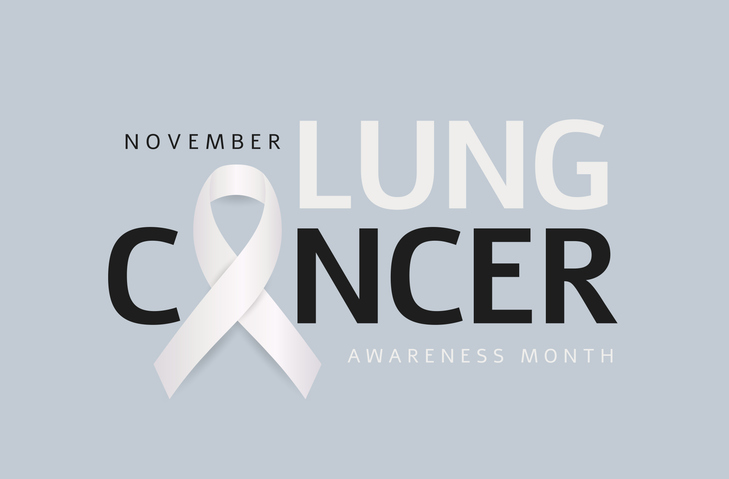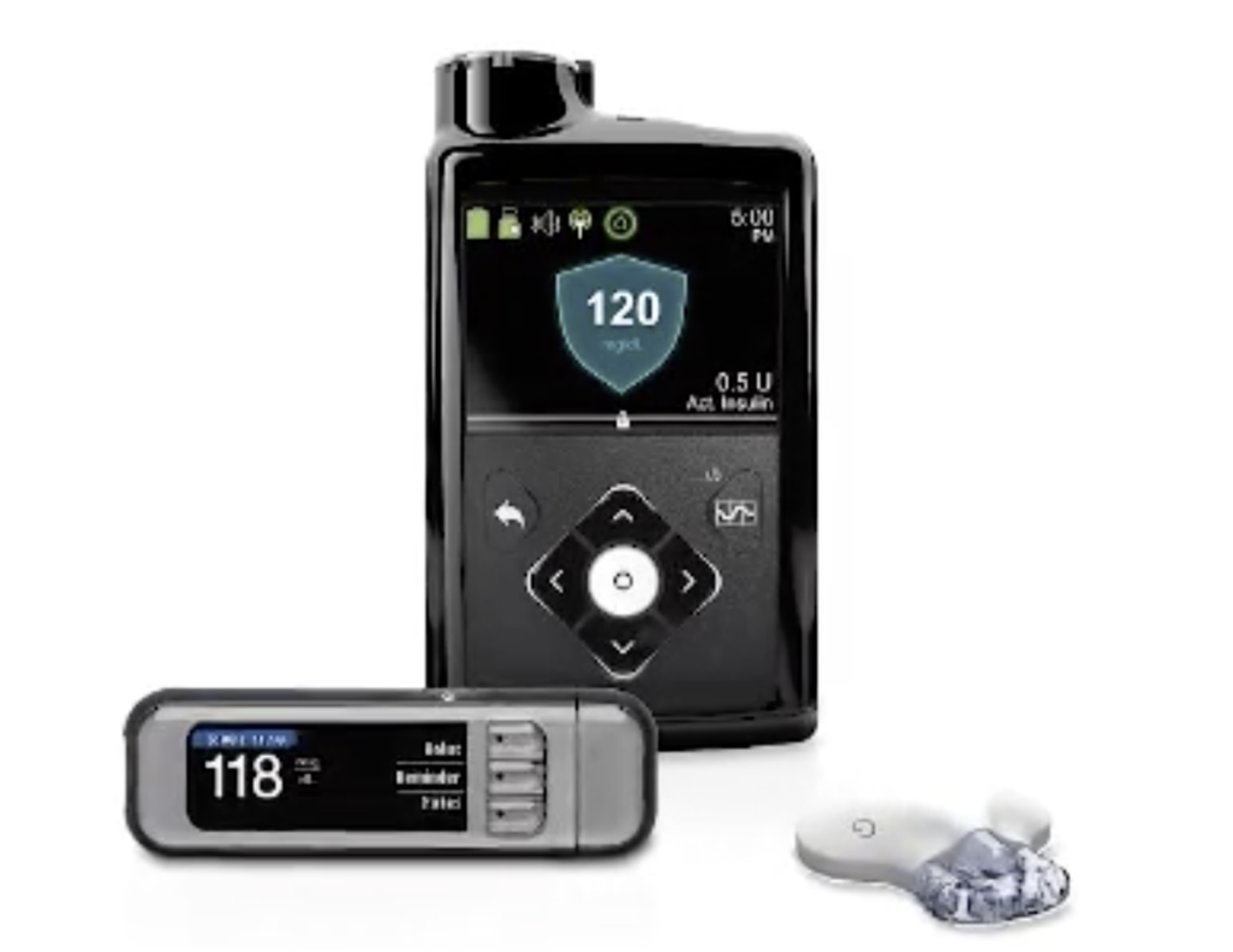
Learn about lung cancer lawsuits for Texas residents.
Suing for Lung Cancer: What Texas Residents Need to Know in 2024
Texas ranks 10th in the nation for the rate of new lung cancer cases at 48.6 per 100,000 yearly.²

Learn about lung cancer lawsuits for Texas residents.
Texas ranks 10th in the nation for the rate of new lung cancer cases at 48.6 per 100,000 yearly.²

After being fed baby formula, if your precious baby developed a horrendous disease called Necrotizing Enterocolitis (NEC), you might qualify for compensation. Recently, studies show that certain baby formula products have a higher chance of causing NEC in premature infants. Enfamil and Similac are two brands that have failed to warn parents of the dangers associated with using their products. If your baby has developed NEC after being fed Enfamil or Similac products, you may be able to receive compensation.
NEC is a terrible disease that attacks the intestines. The condition causes infections and inflammations in the intestine, causing the intestinal tissue to die. In some cases, a hole can form in the infant’s intestine, and intestinal bacteria can leak into the abdominal area or bloodstream, causing a possibly fatal infection. Some premature infants suffer from mild symptoms, and some suffer life-threatening ones.
When your premature infant is developing, they typically need extra nutrition to help them grow. If the parent decides not to breastfeed the child, nurses may recommend using baby formula. While this seems like an easy decision to make, that may not be the case.
 Vaccines are one of the most effective ways to prevent the spread of infectious diseases throughout the world. The overwhelming majority of people who receive vaccines do not experience serious problems, and the benefits greatly outweigh the threat of risk. However, similar to the risks associated with natural supplements and other pharmaceuticals, some vaccine recipients may suffer adverse reactions. Depending on the nature and circumstance of the injury, victims may file a Texas medical malpractice or pharmaceutical error lawsuit. Further, the National Vaccine Injury Compensation Program (VICP) provides compensation to individuals who have suffered injuries from certain vaccines.
Vaccines are one of the most effective ways to prevent the spread of infectious diseases throughout the world. The overwhelming majority of people who receive vaccines do not experience serious problems, and the benefits greatly outweigh the threat of risk. However, similar to the risks associated with natural supplements and other pharmaceuticals, some vaccine recipients may suffer adverse reactions. Depending on the nature and circumstance of the injury, victims may file a Texas medical malpractice or pharmaceutical error lawsuit. Further, the National Vaccine Injury Compensation Program (VICP) provides compensation to individuals who have suffered injuries from certain vaccines.
Nearly 40 years ago, in response to growing lawsuits against medical providers and pharmaceutical companies, the federal government created the VICP. The creation followed a slew of lawsuits stemming from some parents’ beliefs that certain vaccines resulted in injuries to their children. Many companies halted the production of vaccines because of the onslaught of lawsuits. The vaccine shortage posed a serious threat to the nation’s health. As such, the VICP fund works to compensate those who suffer injuries because of a reaction to a childhood vaccine.
The VICP only covers certain vaccines such as those that prevent diphtheria, tetanus, pertussis, Hepatitis A, Hepatitis B, human papillomavirus, influenza, measles, mumps, rubella, polio, rotavirus, and varicella. If a Texas injury victim or their loved ones believe that they suffered a vaccine error, they should contact an attorney to file a petition through the VICP. Currently, the program does not cover the COVID-19 vaccine; however, some sources have reported that Johnson & Johnson’s COVID-19 vaccinations may result in a rare clotting condition. Federal officials have halted the use of the pharmaceutical company’s vaccine to determine, what if any, the vaccine plays in the clotting condition. In many cases, a person’s reaction to a medication or vaccine is not because of a defect in the vaccine or medication but rather an allergic reaction that a medical provider missed.

(NATIONAL RECALL: February 2020) The Food and Drug Administration (FDA) has issued a recall for an insulin pump that thousands of people use with Type 1 diabetes. The recall is centered around certain Medtronic MiniMed 600 series insulin pumps.
One person has died, 2,175 people have received injuries and there have been more than 26,000 complaints, according to a statement released by the FDA.
Medtronic is recalling the specified insulin pumps due to a missing or broken retainer ring. That ring helps lock the insulin cartridge into place, according to the FDA.
A critical part of a successful medical outcome is swift, safe, and accurate laboratory testing and reporting. Safe testing and precise reporting can provide healthcare providers with crucial information regarding diagnosis and treatment. When a patient suffers injuries because of unsafe laboratory equipment or another Texas medical error, they may be able to hold the laboratory, hospital, or device manufacturer liable for their damages.
Medical malpractice and negligence lawsuits based on Texas laboratory errors often arise after a doctor fails to order the appropriate test, a laboratory uses unsafe practices or defective equipment when collecting lab samples, a clinician improperly records the results, or a physician incorrectly reads a report.
In addition to medical malpractice claims, Texas patients may file a negligence claim based on products liability if they suffered injuries because of a defective medical device or laboratory equipment. Medical devices are instruments, machines, and apparatuses that are used to diagnose and treat medical conditions. Some common medical devices and laboratory equipment are, catheters, intrauterine devices, artificial joints, syringes, centrifuges, and testing tubes. Injuries may arise when a device is ineffectively sterilized, improperly inserted or implanted, inadequately monitored, or is otherwise defective. These errors can have long-lasting and potentially fatal consequences for Texas patients.
A Texas appeals court recently issued an opinion addressing whether pharmacies owe third parties a duty of care when an accident occurs because of a pharmacy’s negligence. Two sets of plaintiffs filed a lawsuit against a Texas Walgreens after they negligently gave a customer the wrong prescription. Evidently, Walgreens gave the customer a diabetes medication that can cause a drop in blood pressure, which is often associated with behavioral changes and cognitive impairments. The customer was on the drug when he began driving erratically and caused a fatal Texas car accident. The customer’s son settled a wrongful death lawsuit with Walgreens. The two other victims’ representatives sued Walgreens, alleging that the pharmacy was negligent under third party liability and negligence per se. Walgreens moved to dismiss the case, arguing that pharmacies do not owe third parties a duty of care and that negligence per se does not apply. The lower court found in favor of Walgreens, and the plaintiffs appealed to the Texas Supreme Court.
Generally, under Texas law, pharmacy malpractice is a type of medical malpractice that occurs because of a negligent pharmacist or pharmacy technician. Texas pharmacy errors can have severe and even fatal consequences. Pharmacy errors can cause overdoses, congenital disabilities, allergic reactions, and even death. This can occur when a pharmacy provides a patient with the wrong prescription, fills an incorrect dosage, or fails to provide counseling. When the injury victim is the pharmacy’s customer, establishing liability is relatively straight-forward. Challenges arise in cases where the victim is a third-party that suffered injuries by another party that acted negligently because of a pharmacy error.
Generally, under Texas law, healthcare providers are not liable to a third-party non-patient when that person suffers injuries because of the misdiagnosis or treatment of the healthcare provider’s patient. Typically, pharmacists fall under the purview of healthcare providers; however, there are some instances, such as merely filing an existing prescription, that do not rise to the level of a healthcare provider.
Texas patients have to put a great deal of trust in their health care providers. This includes pharmacists, who are responsible for safely and correctly filling and dispensing medications. Texas pharmacy errors can be devastating for victims and their families.
According to a local news source, an Austin woman suffered a terrible injury after receiving a shot from a compounding pharmacy. The woman has a genetic disorder that causes her seizures, which she was able to control several years ago when doctors prescribed her a specific shot. Compounding pharmacies tailor medicine for their patients in cases where those people cannot take a standard drug as manufactured. The woman took her prescription to a compounding pharmacy, and was given the medication in the form of a specific B-12 shot. She received over 250 rounds of the medicine without incident.
Recently, the woman received her tailored shot, and felt a burning sensation. She then developed a headache, dizziness, and disorientation. She looked in a mirror and at that point saw that the shot had burned her skin “and was going deeper.” She went to the emergency room, but because she also had Stage 3 breast cancer she was unable to receive anesthesia because of potential contamination—so, she was forced to do the procedure to scrape out the burn completely awake. A dermatologist said that it was a chemical burn, and lab results showed that the B-12 had a pH level of 13.2, similar to that of bleach. She continued to undergo treatment for the burn to scrape out the wound. The patient, a mom of three, said the pain was extreme, and continued to experience pain at home.
Medical errors are consistently ranked as one of the leading causes of accidental death in the United States. While there are many different types of medical errors that contribute to this startling statistic, one of the most common types of mistakes is medication error.
A Texas medication error is typically the result of a pharmacist, nurse, or another medical professional, providing a patient with medication that was not intended for the patient. It may be that the nurse mistook one drug for another with a similar name, or that a pharmacist missed a decimal point when dosing a prescription. In any event, medical professionals are human and, as a result, make mistakes. When mistakes are made, patients suffer.
Two years ago, an Austin woman was given a prescription that was 54,000% stronger than the medication that was prescribed by her doctor. According to a local news report covering the error, as well as the woman’s recovery, the woman suffers from a rare disorder called Hashimoto’s disease that causes her immune system to attack her thyroid. As a result, the woman’s thyroid does not make sufficient levels of hormones.
The Texas Supreme Court recently issued a decision concerning what plaintiffs must prove in order to establish a claim of medical negligence in emergency medical care settings.
The Facts of the Case
According to the court’s opinion, a baby was born at a hospital in Denton, Texas. The mother was induced at 39 weeks, and while the baby was being born, the obstetrician used forceps to deliver the baby’s head, but the baby’s shoulder became stuck. The doctor tried different maneuvers but eventually reached into the birth canal and pulled on the baby’s arm, dislodging his shoulder. The baby was delivered, but suffered injuries to the nerves running through his shoulder.
The plaintiffs filed a medical malpractice claim against the doctor alleging that he negligently maneuvered the baby’s body while he was being born, resulting in the baby’s shoulder becoming dislodged. The doctor argued that a provision of emergency medical care applied in this case, and that the plaintiffs had to prove he acted with willful and wanton negligence.
In a medical malpractice case before the Supreme Court of Texas, the court had to decide whether an expert’s testimony was conclusory and if it could support a decision in the plaintiff’s favor. Ultimately, the court concluded that the expert’s opinion was not conclusory because it was supported by the physical evidence as well as the expert’s own experience in the field.
The Facts of the Case
According to the court’s opinion, a father took his children out, and in the parking of a gas station, he became disoriented and his speech was slurred. An ambulance took him to a Texas hospital where he was evaluated by an emergency room physician. He reported that he’d had three similar episodes in the past few months, but that this episode was more severe. After undergoing an MRI, doctors determined that the father had compensated obstructive hydrocephalus due to aqueductal stenosis, and that he would need a shunt inserted in his brain the following day. Doctors referred him to a neurosurgeon to determine how to proceed. The father left the hospital and saw the neurosurgeon the following day.
Evidently, the neurosurgeon saw the father the following day, but instead of inserting a shunt, the neurosurgeon put a ventricular drain in his brain to monitor his intracranial pressure. Less than two weeks later, the father had another episode, and informed the neurologist at the hospital. The neurologist performed additional tests, which showed that the aqueductal stenosis had worsened. The neurologist did not relay the information to the neurosurgeon. The plaintiff died later that year due to the aqueductal stenosis.